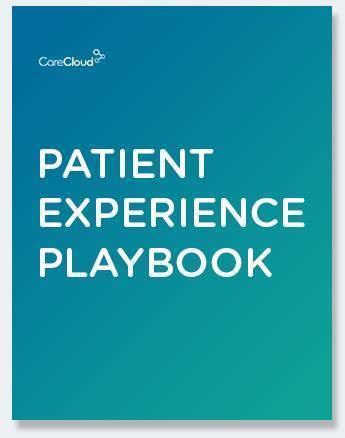Sometimes a medical practice gets reimbursed too much money for services provided, which leads to an overpayment. The insurance carrier usually makes the overpayment, but sometimes patients pay too much for a particular service too. In either case, promptly return the overpayment to the appropriate person or payer.
If a patient pays more than required, notify them as soon as you discover the overpayment. A practice often can handle the overpayment in more than one way, but the provider cannot legally hold on to the money indefinitely.
Patient Overpayments
Let’s say a patient came in to a dermatologist’s office visit and paid their co-pay. During the encounter, the provider removes a mole, which is considered surgery and doesn’t require a co-pay. That turns the co-pay into an overpayment.
Once the practice realizes the co-pay should not have been collected, they can do one of two things:
- Notify the patient of the overpayment. If the patient plans on returning, the office can suggest that the overpayment be applied as a credit toward the next visit. If the patient doesn’t want to apply the money toward a future visit, you must return the overpayment.
- Immediately send the patient a check for the overpaid amount with a note explaining the overpayment.
In any case, a provider cannot just keep the overpayment – that is illegal.
Payer Overpayments
If an insurance carrier pays more than expected, first determine if it is truly an overpayment. Call the carrier and ask them to explain how they determined their payment amount and if they processed the claim correctly.
If the payer confirms that they made an overpayment, they should reprocess the claim to show correct payment and send a request for the provider to return the overpayment.
Sometimes the payer will just ask the provider to return the overpayment over the telephone. In this case, it’s sometimes wise to ask them to request the money back with a written explanation. When you receive the written request, attach a check for the overpayment to the request and mail them to the address indicated on the request. If they don’t provide a specific address, send it to the claims department address but indicate “Attn: Overpayments” on the envelope.
If you receive a payment from an insurance carrier and the entire payment is wrong or not rightfully owed to the provider, write “void” on the check. Then return it to the insurance carrier with an explanation of why the payment was not due. For example, if they provided payment for a patient not seen by the provider, write “void” on the check and attach a note saying, “This patient was not seen in our office.”
When It’s Not an Overpayment
If the payer states during the call that they processed the claim correctly and there was no overpayment, then you need to investigate further.
Sometimes a patient has two insurance plans. The primary plan allows a certain amount, makes payment, and then the secondary insurance processes the claim. A credit balance results when the secondary payer allows and pays a higher amount than the primary insurance carrier.
This credit balance is not actually an overpayment. The amount contractually adjusted off from the primary insurance carrier was more than needed, based on the secondary insurance carrier’s payment. Therefore, there is not a true overpayment and no money needs to be returned. The patient’s balance just needs to be adjusted to offset the credit.
Sometimes a patient’s secondary insurance carrier is privately purchased insurance. They do not always follow the same guidelines as other insurance carriers. Often, they ignore the amount paid by the primary and make payment as if no other insurance is involved, resulting in overpayment.
If that happens, the overpayment amount belongs to the patient because he or she purchased the other insurance plan. Again, the provider cannot just keep the money and the provider cannot collect more than was billed out for services.
Never ignore possible overpayments. Always follow these steps: determine if it is a true overpayment, determine whom the overpayment needs to be returned to, and then do what is necessary to return it.
And remember: only credit overpayment amounts to future visit charges with the patient’s permission.
Alice Scott and Michele Redmond contributed to this post.

Download the Patient Experience Playbook



